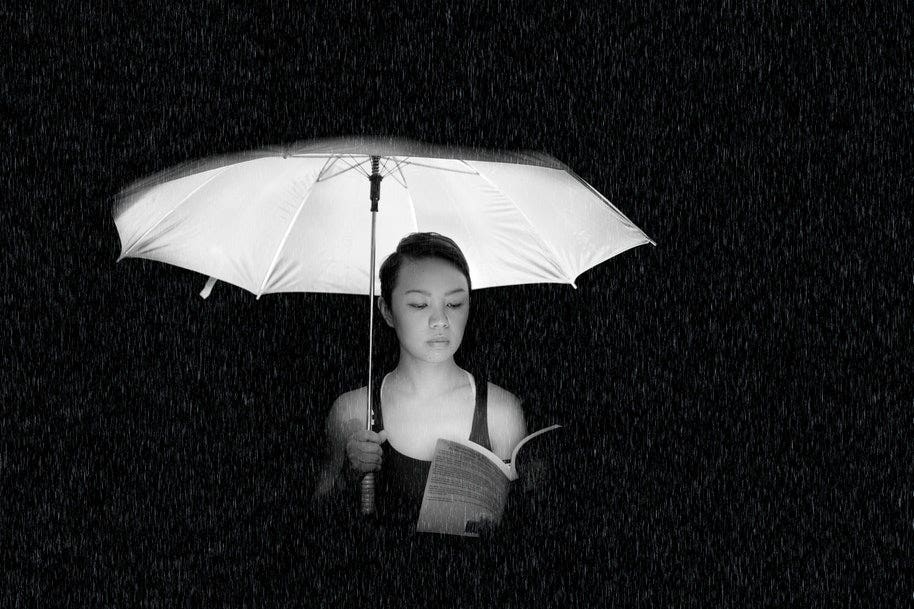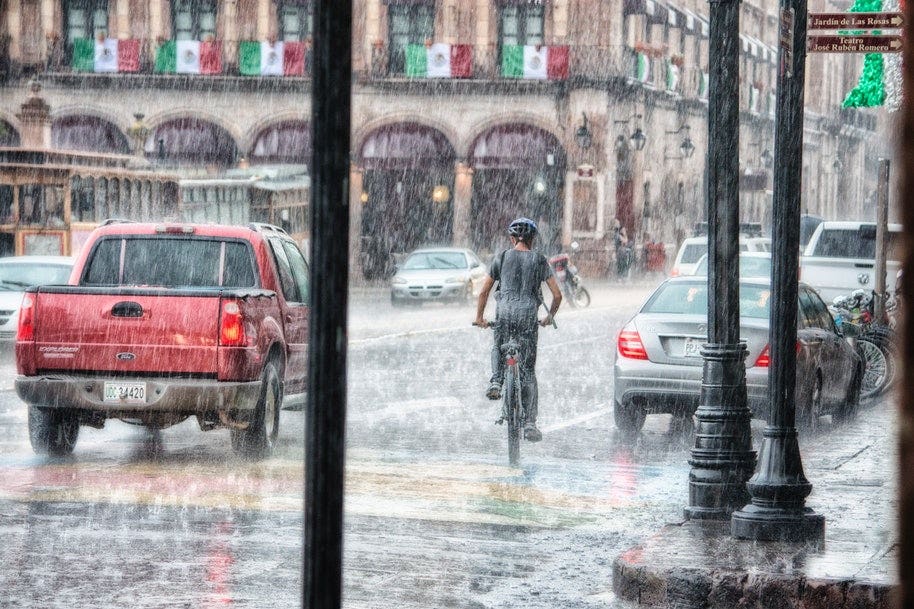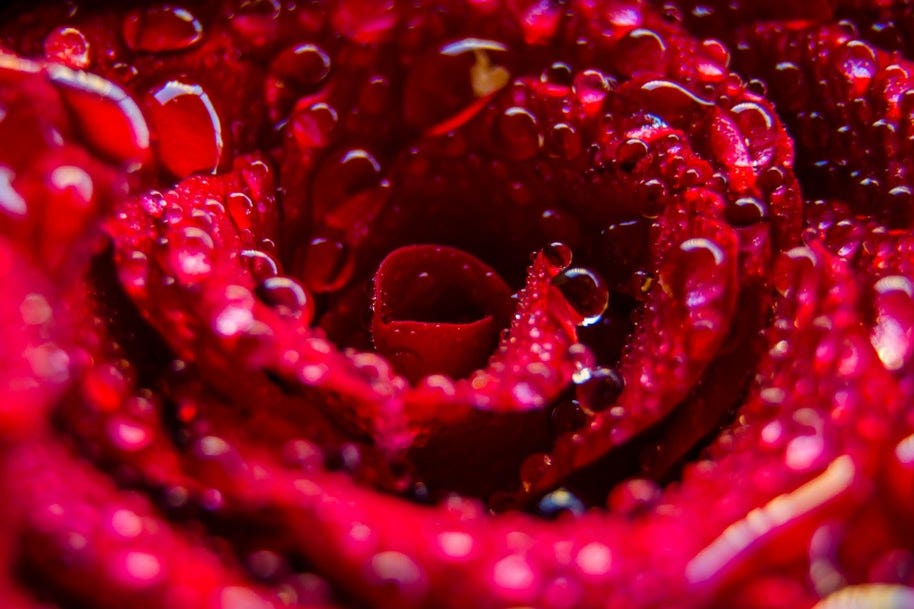
How do you distinguish the good photographers from the greats?
When it rains, the professionals grab their cameras and head outside. Professional photographers find inspiration in the saturated colours and intriguing light play created on rainy days.
Of course, there are a few tricks to capturing great photography when it’s raining. We’ve outlined everything from the equipment you’ll need to to the opportunities rainy days present for different types of photography.
What to pack for rainy day photography
These days, many DSLRs and mirrorless cameras are weatherproof in light rain. But if you’re a storm-chaser (or just stuck in a torrential downpour), you’ll want some added protection.
Invest in a dedicated rain cover, sleeve, or raincoat for your camera, such as the ProMaster DSLR Rain Jacket.
A camera bag with a waterproof fabric or removable rain cover is also a must. Lowepro has a great selection of bags.
Finally, make sure you have a lens cleaning cloth available to wipe off any residual raindrops and towel off your gear after use.
Your ideal rainy day photography settings
Rainy days mean you lose some natural lighting, which can make it hard to know what the perfect camera settings would be.
Below, we’ve listed the best settings for low light to illuminate the raindrops without overexposing the image:
- Use a large aperture so more light enters the camera. But start at around f/8 so you find the perfect balance between exposure and depth of field (which keeps the raindrops in focus).
- Choose a fast shutter speed to capture the raindrops falling.
- Select a medium to high ISO to allow a faster shutter speed while compensating for the low light.
- Use the flash but opt for the manual mode over automatic so you can select the intensity of the light.
- Try bracketing to find the best exposure.
Rainy day portrait photography
Many photographers might despair that a rainy forecast is going to ruin their entire portrait shoot.
But the most creative photographers will see it as an opportunity to capture some original portraits (as long as the subject is willing!).

To start, overcast days can produce a softer light that flatters the face and eliminates harsh shadows. And when the rain comes, you can use umbrellas as a wonderful prop - and a great way to frame the subject.
Street photography in the rain
Perhaps one of the most popular forms of rainy day photography, street photography provides a broad range of opportunities. In fact, it’s often easier to capture evocative street photographs on rainy days than when it’s bright and sunny.

Puddles on concrete create exciting reflections that allow you to capture streetscapes from a different perspective. Just wait till the rain has stopped to capture their crystal-smooth surfaces.
And if you’re photographing at night, you have a wonderful array of neon lights playing in the surface water.
The best shots for reflections are taken from down low; almost ground level. Alternatively, find a high vantage point, from where you can capture a crowd of umbrellas.
Macro photography: photographing raindrops
A great photography technique is to depict how raindrops interact with other elements of nature, such as the way they cling to blades of grass or spider webs.

You can also use them to depict scale if you’re capturing, say, an insect and a raindrop side by side.
But raindrops are just as great as subjects on their own. Freeze the motion of a falling raindrop or capture it just as it’s entering a puddle, complete with the splashback.
You’ll need a fast shutter speed (of around 1/1000 seconds) as well as a tripod to keep the camera still.
Landscape photography in the rain
Few photographers are happy about hiking out into nature in dreary weather to capture landscapes in the rain - especially when there’s a chance you could come away without any shots at all.
But when you do manage to capture incredible landscape photography in the rain, it all feels worth it.

You might get the perfect moment when the sun shines down through the clouds to create an isolated space of light. You might get a rainbow. Or you might capture a tempestuous and dramatic scene of a storm passing overhead.
If you’re willing to try landscape photography in the rain, there are a few tips to help you get the shot.
Firstly, the best perspective is when you’re viewing a storm from just outside it. In the midst of the rain, you’re hardly going to capture anything. Try to find a perspective that allows you to capture the storm passing through.
Breaks in stormclouds at sunset and sunrise also create an incredible light play that will paint a scene on the landscape few people will have captured before.
Or head to a waterfall, where the recent downpour will create a full, rushing flow of water. Just take care around slippery rocks and make sure you’ve read up on how to capture incredible waterfall photos.
Finally, photographing landscapes on rainy days doesn’t necessarily mean you have to get drenched to get the shot. Wait out a storm in your parked car and roll the window down to get the shot.
Want to know more about photography in different weather conditions?
Is the day cloudy but not quite raining? Read our top tips to photography when it’s overcast.
Sunny days can also bring their own challenges. Find out how to capture better photos in direct sunlight.
Captured an incredible rainy day photo? Share it on Instagram with #camerahouse so we can see and share them too!
